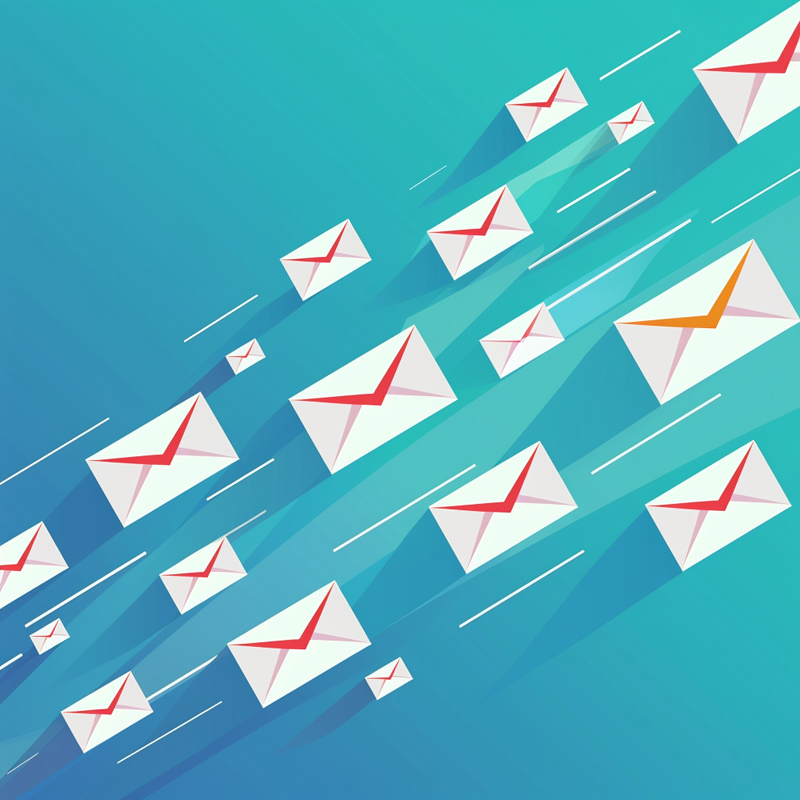Discovering the ideal balance for your email campaigns can make all the difference in connecting with your audience more effectively. “Optimizing Email Frequency and Timing” delves into strategies that help you enhance engagement without overwhelming your readers. By focusing on optimal send times and appropriate email frequency, you can cultivate a stronger relationship with your subscribers and see better results from your efforts.
Optimizing Email Frequency And Timing
Have you ever wondered how often you should send emails to your audience and when the perfect time to hit send is? Don’t worry—you’re not alone! Understanding the nuances of email frequency and timing can seem tricky, but nailing these two factors can greatly improve your email marketing performance. Let’s dive into the secrets of optimizing your email campaigns for maximum impact.
The Importance of Email Frequency
Knowing how often to email your subscribers is crucial to maintaining a happy and engaged audience. Too many emails can overwhelm your recipients, leading to unsubscribes or worse—your emails landing in the spam folder. On the other hand, send too few, and people might forget about you.
Finding the Perfect Balance
Finding the right balance in your email frequency depends on your audience and industry. Here are some general guidelines to follow:
- E-commerce: 3-5 times a week.
- B2B: Once a week to once a month.
- Newsletters: Weekly or bi-weekly.
- Event-Based Businesses: Leading up to the event, frequency can increase to daily.
Survey Your Audience
One of the best ways to determine the optimal frequency is to ask your audience directly. A simple survey asking how often they want to hear from you can provide valuable insights.
A/B Testing
Experimenting with different frequencies can also help. A/B test different schedules to see which one garners better open and engagement rates. Track metrics like click-through rates (CTR), conversion rates, and unsubscribe rates to gauge effectiveness.
Timing Is Everything
Just as important as frequency is knowing when to send your emails. Choosing the right time can significantly boost your open rates and engagement.
Best Days to Send Emails
Generally, the best days for sending emails are Tuesday, Wednesday, and Thursday. These days are often considered the ‘sweet spot’ for higher engagement.
Best Times to Send Emails
According to various studies, the best times to send emails are:
- Early Morning (6-8 AM): People tend to check their emails first thing in the morning.
- Late Morning (10-11 AM): Mid-morning is also a popular time to go through emails.
- Afternoon (1-2 PM): After lunch can be an optimal time for catching your audience’s attention.
Consider Time Zones
If you have an international audience, make sure to take time zones into account. Scheduling emails based on the recipient’s local time can improve open and engagement rates.
Use Data Analytics
Your email service provider (ESP) often provides analytics tools that can help you understand when your audience is most active. Use these insights to adjust your sending times.
Segmenting Your Audience
Not all your subscribers have the same preferences or behaviors. Segmenting your audience allows you to customize both the frequency and timing of your emails for different groups.
By Demographics
Segment by age, gender, location, and other demographic factors. For example, a younger audience may prefer weekend emails, while a professional segment might respond better to weekday sends.
By Engagement Levels
Separate your highly engaged subscribers from those who are less active. Highly engaged users may appreciate more frequent emails, while less active ones might respond better to fewer contacts.
By User Behavior
Consider recent behaviors like purchase history, browsing history, or email interactions. Personalized content based on these behaviors can make your emails more relevant and engaging.
Creating a Calendar
A well-planned email calendar can help you manage your email campaigns effectively. Lay out your sending schedule, taking into account key dates, holidays, and events relevant to your audience.
Example of an Email Calendar
Here’s a simple table to illustrate how you might plan your email campaigns:
| Date | Campaign Type | Target Audience | Frequency |
|---|---|---|---|
| Nov 1, 2023 | Product Launch | Entire List | 1 Email |
| Nov 3, 2023 | Follow-up | Highly Engaged | 1 Email |
| Nov 7, 2023 | Newsletter | Entire List | 1 Email |
| Nov 12, 2023 | Special Offer | Inactive Users | 1 Email |
| Nov 14, 2023 | Reminder | Entire List | 1 Email |
Flexibility is Key
While having a plan is essential, flexibility allows you to adapt to your audience’s needs and unexpected events. Regularly review and update your calendar based on performance metrics and feedback.
Measuring Success
The last step in optimizing your email frequency and timing is measuring success. Track key performance indicators (KPIs) to understand how well your emails are doing.
Important Metrics to Track
- Open Rates: Percentage of people who open your emails.
- Click-Through Rates (CTR): Percentage of people who click on links within your emails.
- Conversion Rates: Percentage of recipients who complete a desired action.
- Unsubscribe Rates: Number of people unsubscribing after receiving an email.
- Bounce Rates: Emails that couldn’t be delivered.
Using Data to Improve
Use the data you collect to refine your strategies. For instance, if you notice high unsubscribes, consider reducing the frequency or improving your content. If open rates are low, try adjusting your sending times.
Regular Reviews
Regularly review your metrics and adjust your strategies accordingly. Monthly or quarterly reviews can help you stay on top of your email marketing game.
Final Thoughts
Optimizing email frequency and timing is more of an art than a science. What works for one business may not work for another. The key is to continuously test, measure, and adjust your strategies to find what works best for your audience.
Feel free to experiment, gather data, and make informed decisions. Your audience will appreciate the effort, and you’ll likely see improvements in engagement and conversions. Happy emailing!
